 There are many products available to you that allow you to take advantage of either pay or free storage on the internet. To name a few that I use, Dropbox, SkyDrive, iCloud, Google Docs, SmugMug, Picasso, Flicker, Google Play, Amazon MP3…
There are many products available to you that allow you to take advantage of either pay or free storage on the internet. To name a few that I use, Dropbox, SkyDrive, iCloud, Google Docs, SmugMug, Picasso, Flicker, Google Play, Amazon MP3…
How do you decide what to use for your situation? Let me pose a few questions that should help you make a decision. There will be a lot variables I’ll throw at you that may have you looking at several options to accomplish your end goals.
The first thing to consider about ‘Cloud Storage’ is to decide what the overall reason is for storing your files offsite. Are you contemplating this to make the files available to yourself and possibly others, on different devices and from different locations, or do you just want a backup?
Answer: If you’re looking for just a backup solution, you should be looking for an automated backup solution. We all have the best of intentions when we decide that we should be backing up but we all are so busy that eventually we lose sight of doing these in a timely basis. So you want to look for a service that is automated.
One of the best of these for a home environment is Carbonite. I have reported on this in previous posts and I would probably direct most people looking for this solution to go in this direction. For $59/year - $149/year, you can back up a single PC’s physical drives using their service with unlimited storage. They have three plans now for the Home PC  owner. All three only support a single PC but you can upgrade your service to meet what your needs are. See this article to get more detail on Carbonite’s Service.
owner. All three only support a single PC but you can upgrade your service to meet what your needs are. See this article to get more detail on Carbonite’s Service.
What I finally did for myself was to create a large drive array on my central workstation with multiple 1 TB drives using a hot swap drive cage that lets me play several different games. Since most of my storage is a combination of scanned documents (I’m trying to get as paperless as possible), photos and videos. My scanned docs do not take up much space, however, my photos and videos right now are closing in on 600GB. This is a massive amount of information and it would take a long time to move into the cloud using a backup service initially. Because I want instantaneous access to my image backups I do a more manual backup, but if you keep it local, you need to keep up a strict regimen to maintain a multiple site backup and keep it up to date, it is easy to become lazy so you must not allow yourself to become so.
I know that a lot of people also use a photo storage service as their method of backing up their images. If you are using a free service, look at how you would reacquire your files/images from that service. You may or may not be able to do so easily or at all. Those images may not be stored with their original information or resolution and this is not a good situation to be in. I use a service called SmugMug because it allows me to create galleries of the photos that I want to share, provide access to the images to download to friends and family to download and lets me create documentation to describe my insights about the images that I take. If I want a copy I can either download them, point at them for inclusion in one of my blog sights or have the service create a disk of the images and send it to me. Now I am paying for this service and there are a couple of different levels that you can get into. I chose the pro version to accommodate the larger videos that I seem to be taking more of. But even for the$100 annual expense I have unlimited capacity to push information there. This service solves two of my main concerns with an easy method of reacquiring my pictures, and having those shares available for my family.
This service does not handle my document storage needs though. There are several things I do to accommodate this. But again, it may be easier to use a storage service like Carbonite to do this for you.
The other thing that you can do is use a cloud based storage system that is available in both free and paid versions. I personally use Dropbox to share all of my current shared documents between my office, home and other devices. This allows me to easily move between the best devices to access the information that I am working with. This article is a good example for instance. I started when I was sitting at home using my iPad with CloudOn and continued in the office on my desktop. I stored the information to Dropbox and it was easy to move from system to system to be able to access the files I needed.
Here are some of the other locations that you can get cloud storage for free or paid as well:
 Friday, September 7, 2012 at 5:52PM
Friday, September 7, 2012 at 5:52PM Western Digital has unveiled a sleek new My Passport Edge portable drive. It is ultra thin and works with bot Windows and Mac computers. I don’t know if you want to call a hard drive Sexy but if you did the term would probably fit this new device.
 Hard Drives,
Hard Drives,  Storage
Storage 



 The Intel SSD Toolbox does not support firmware updates on the following Intel SSDs. To update the firmware on these SSDs, use the
The Intel SSD Toolbox does not support firmware updates on the following Intel SSDs. To update the firmware on these SSDs, use the 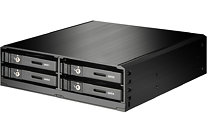
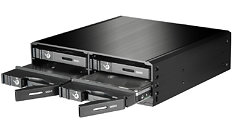
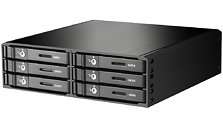
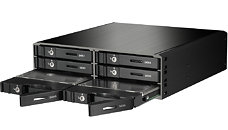
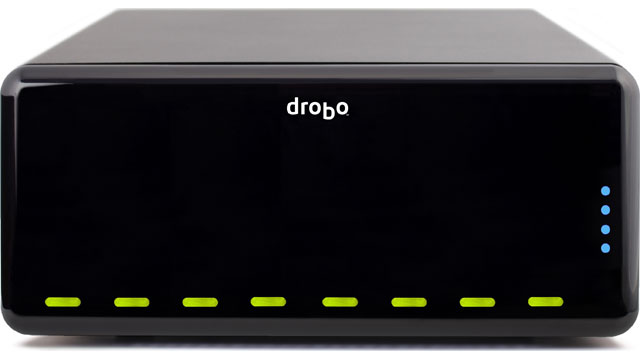 in several customer solutions that I have designed. Lee Hutchinson has written a two part article about his experience with the Drobo FS product and how it works. If you are interested in technology I’m sure you will find this as interesting as I did.
in several customer solutions that I have designed. Lee Hutchinson has written a two part article about his experience with the Drobo FS product and how it works. If you are interested in technology I’m sure you will find this as interesting as I did.
